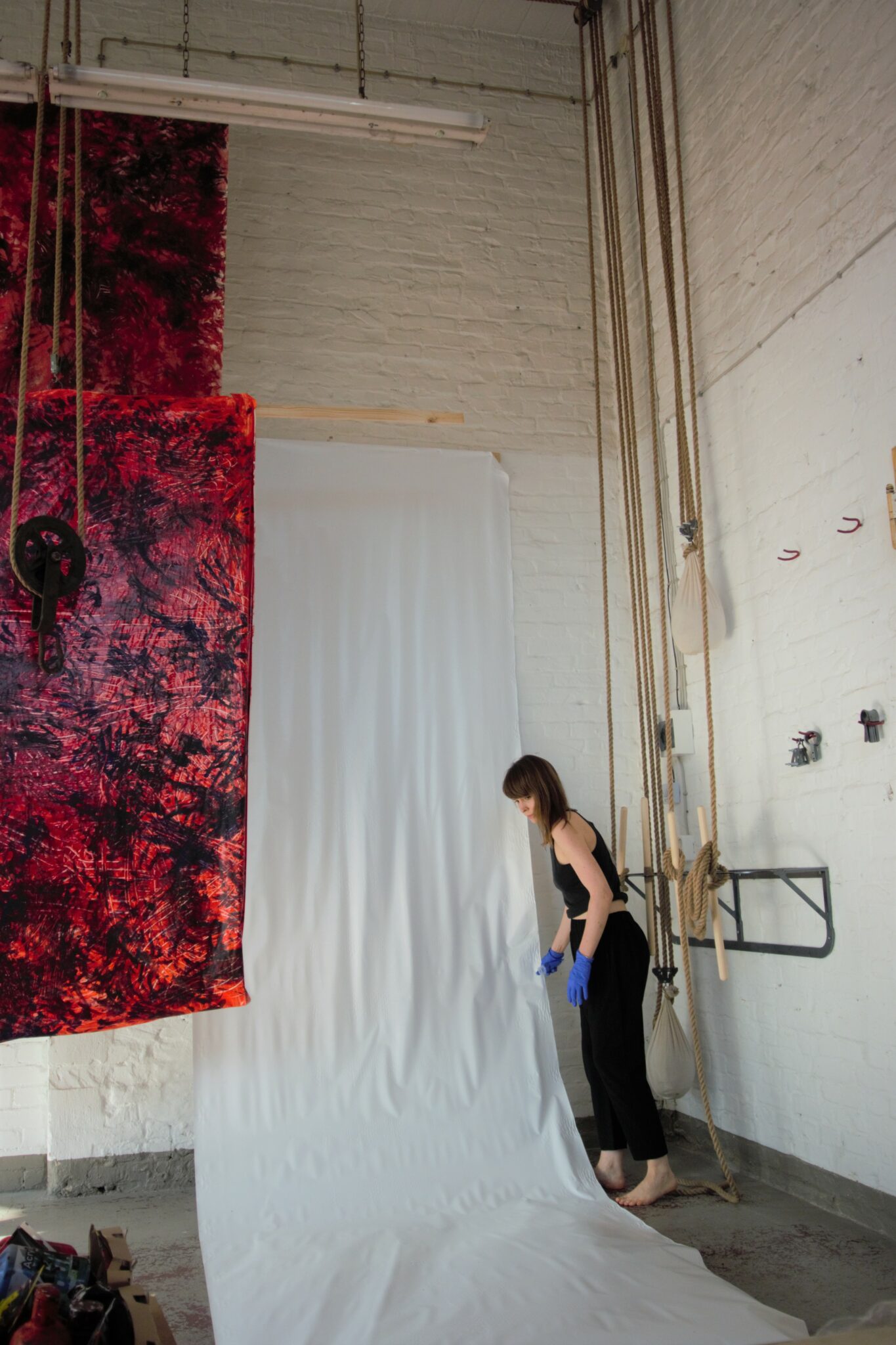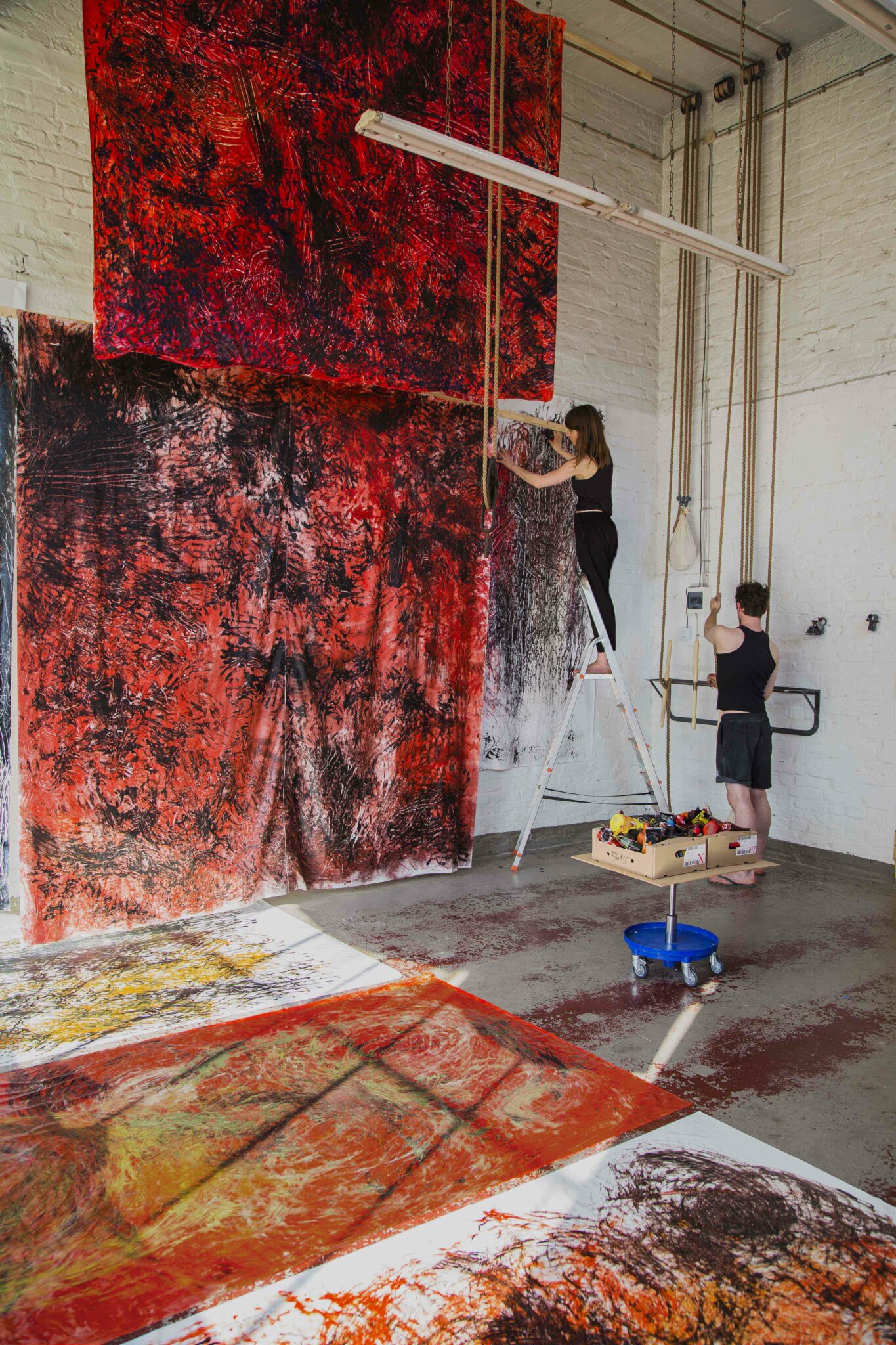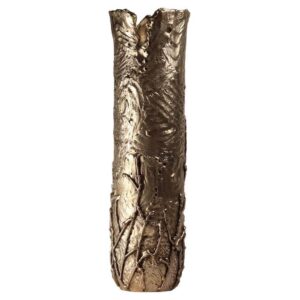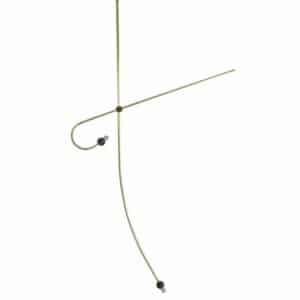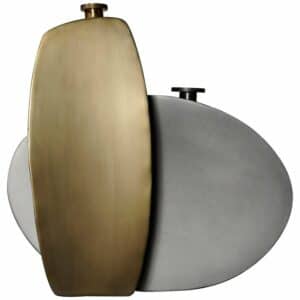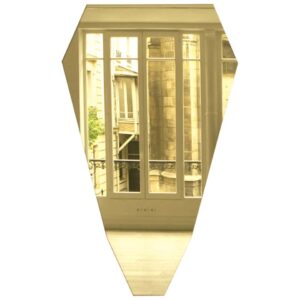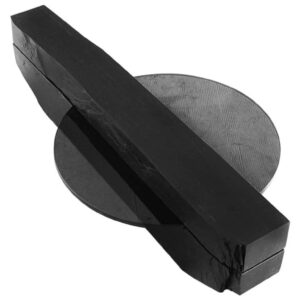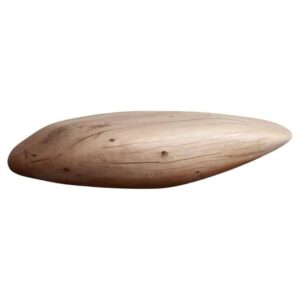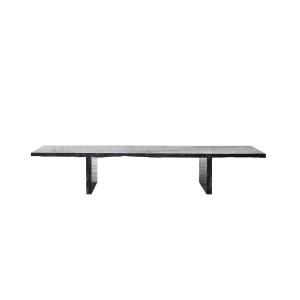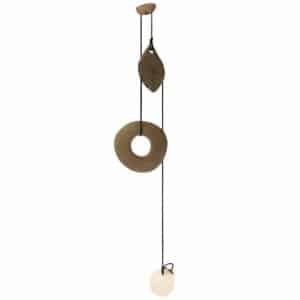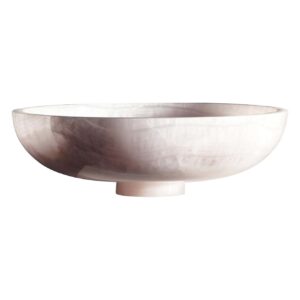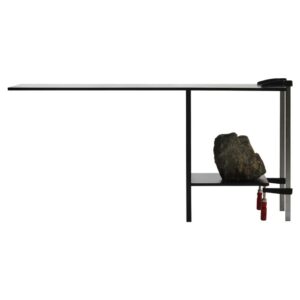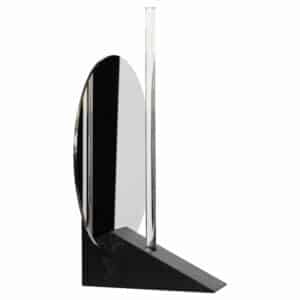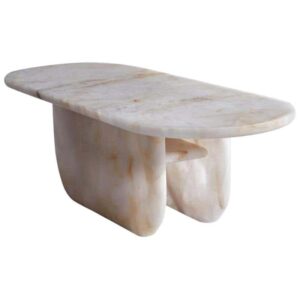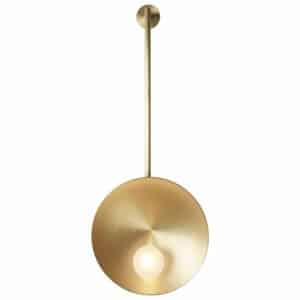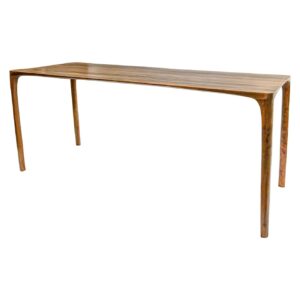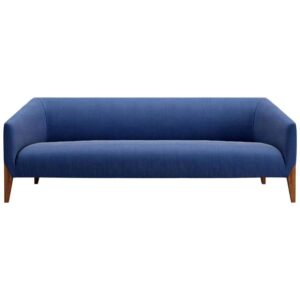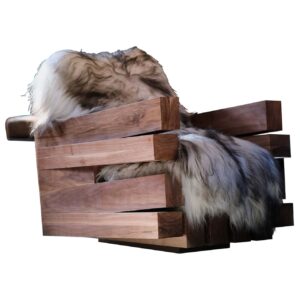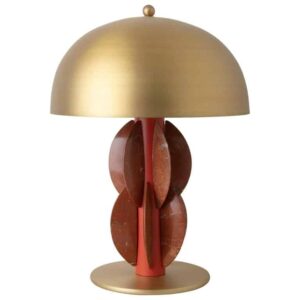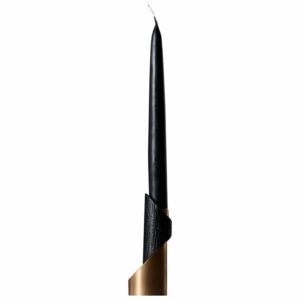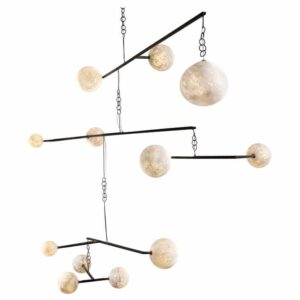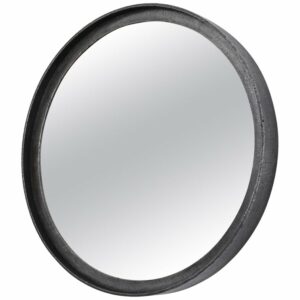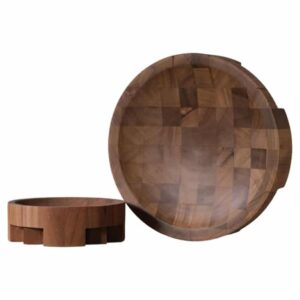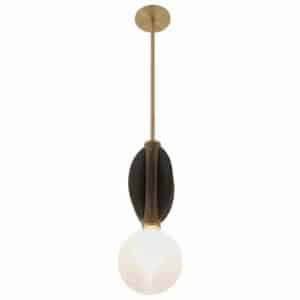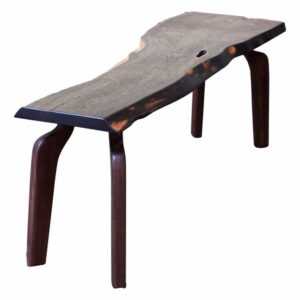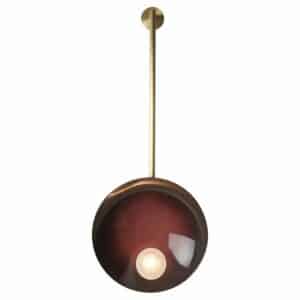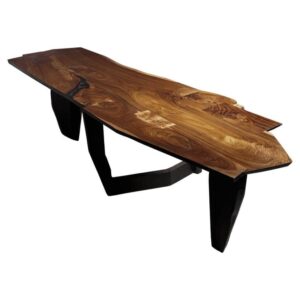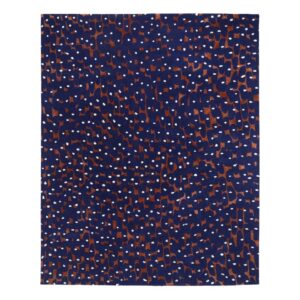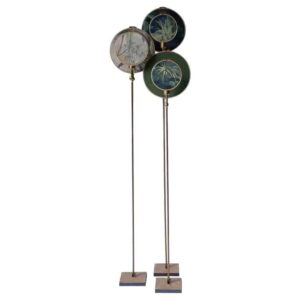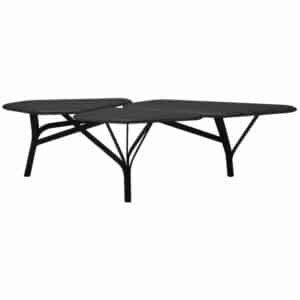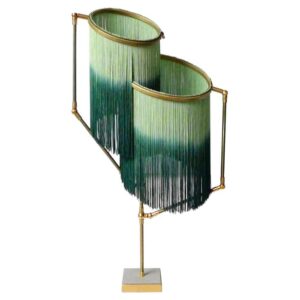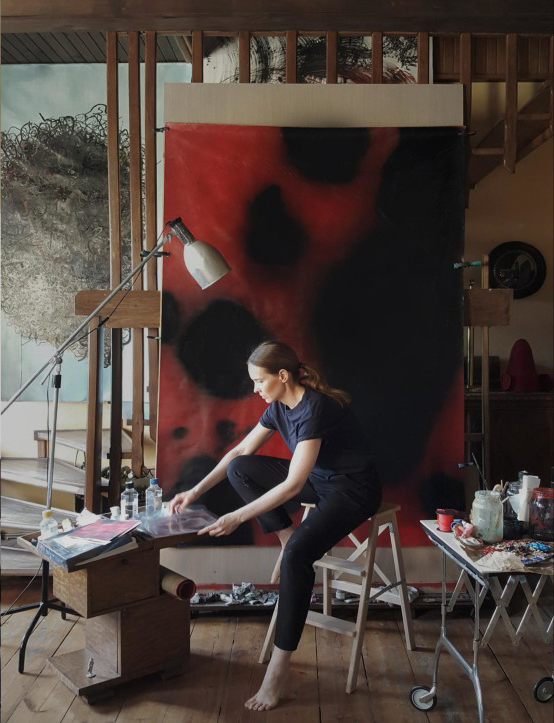
Language of art as expression of everyday observations
By Ewelina Makosa
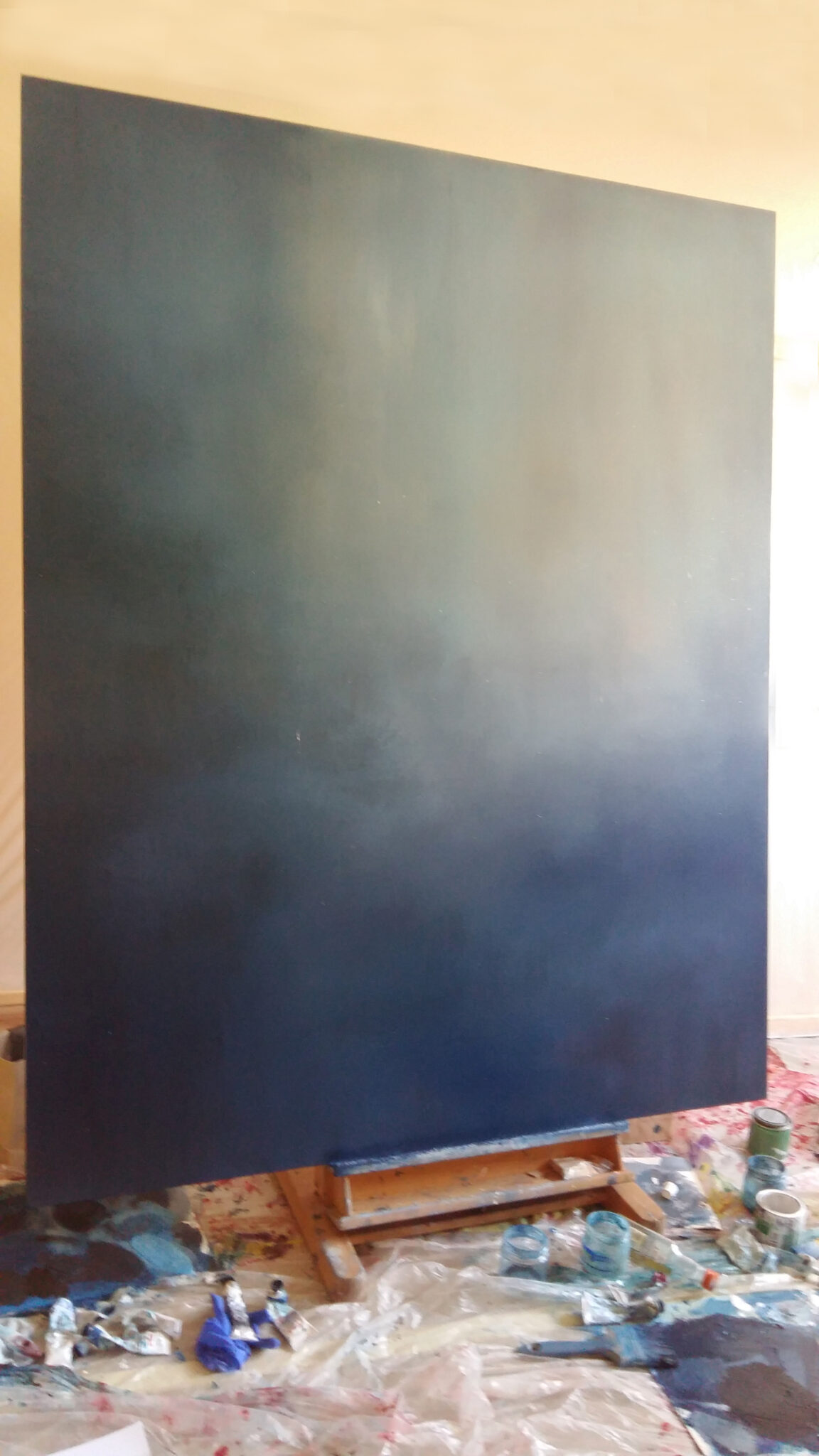
Being a good observer of surrounding environment is crucial in the process of creating art.
Art to me is a reflection of feelings and sensitivity, things which happen around us.
Neither positive, calming, beautiful or tough, difficult, often socially involved topics which can not go without notice. Sometimes I go back to the times of the childhood. It is a valuable source of inspirations.
Through my art I express emotions and tell a certain story which captures elusive and emotional moments of my life. This, I can express best through various media.
When creating the hand-painted screen in collaboration with Jan Garncarek for Gallery Philia my emotions were totally positive and pure. They influenced my artistic activities when I was a graduate student of Academy of Fine Arts in Warsaw. My art at that time was based on calming, positive feelings which I wanted to “infect” the viewer with. I was always enchanted by the face of nature and, how beautiful and dangerous it can be at the same time. I was interested in the way it affects us. My paintings are intended to convey emotions through a minimalist approach to space or landscape. I may say that they express a wish for intimacy with something unknowable – whether because it’s too vast or too far away or too formless. Decorative marks, form and figuration were not important for me, but rather expression of emotions through colour and gesture.
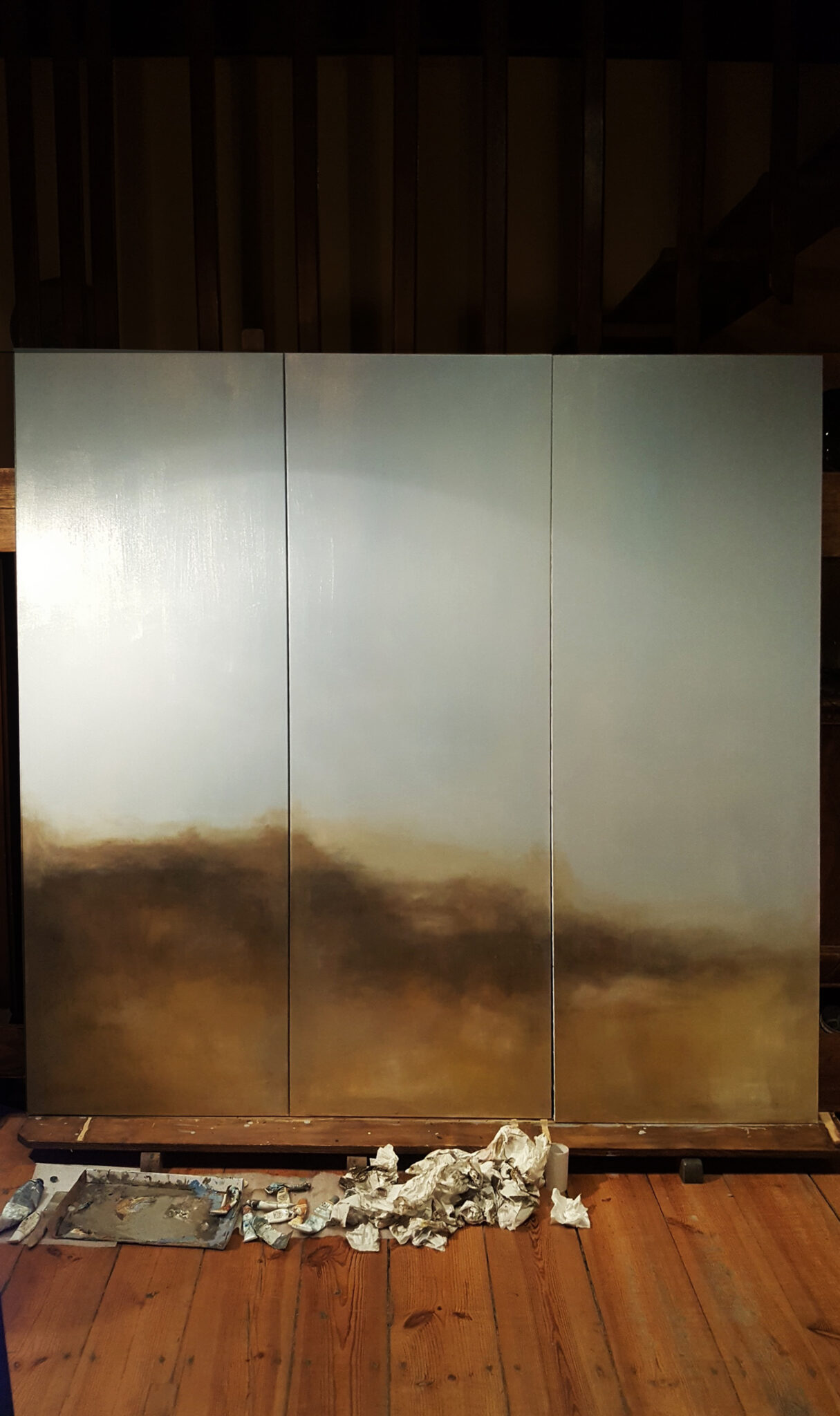
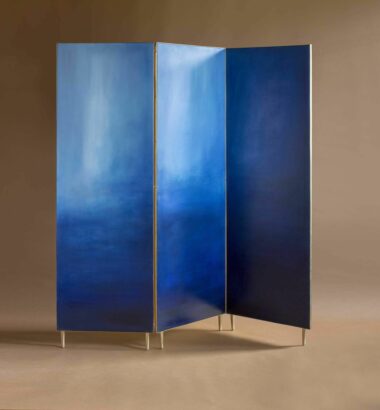
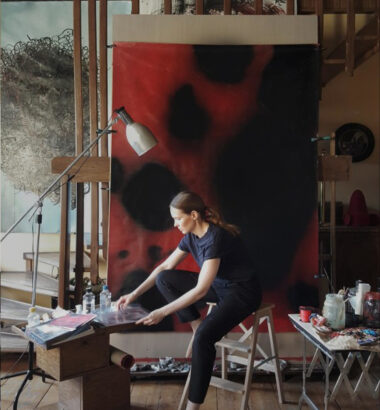
Over time my artistic direction evolved. I decided to express social issues concentrated on human beings. It was 2013 when I first started experimenting with large scale paintings, followed by photography and artifacts. The field of my artistic research became corporeality, traces of existence and posthuman memory in connection to analysis of forms of its content. First, I created painting projects that examined the experience of entropy of visible matter. The fascination with the issue of corporality is associated with both the symbolic capacity and sensual extent of the human body, as well as its usefulness. Issues such as fragility of existence, transience and finally death were my main point of interest.
Currently, my artistic activities are a story of cultural and existential transformation through the prism of the disappearance of the world of traditional objects and tools. I am focusing on a very current topic, which I define as the “crisis of the traces”. That is the irreversible disappearance of tradition and forms of intergenerational communication. This communication was once full of sensual sensations and experiences. Now, we can notice the loss of all the richness of virtual and tactile diversity of the past century. We become posthumans entangled in technological everyday life, unconsciously rejecting some of humans natural habits. This is especially visible now when we are locked down at our homes deprived of the natural forms of communication with other people.
